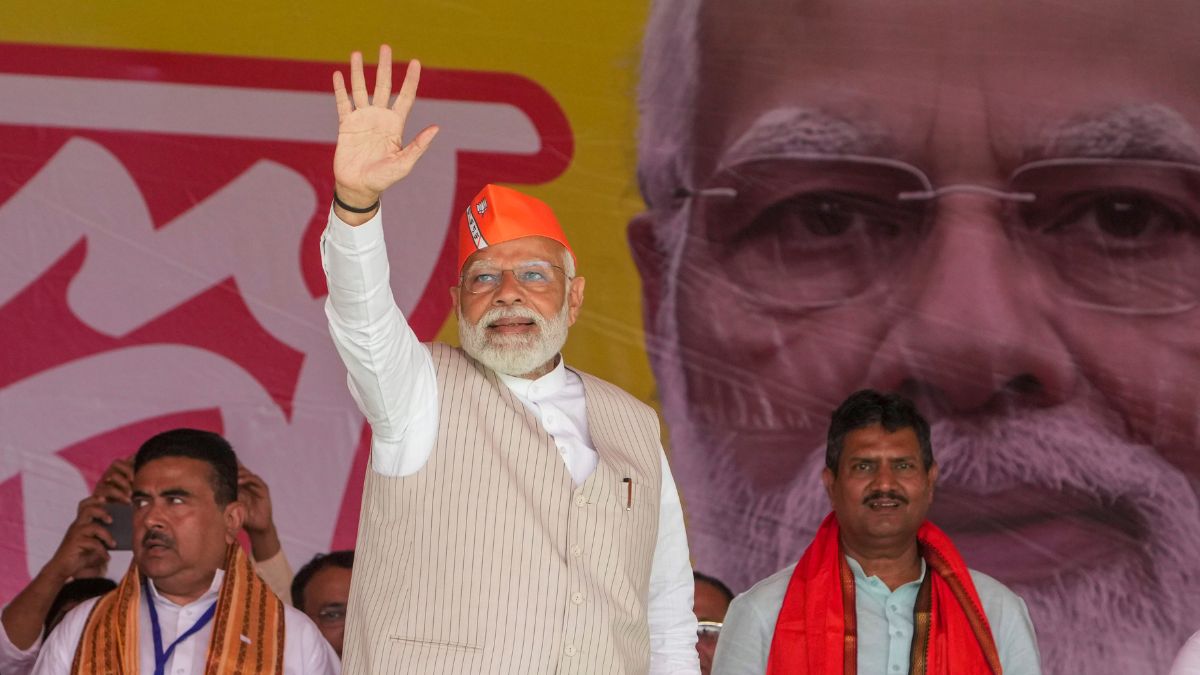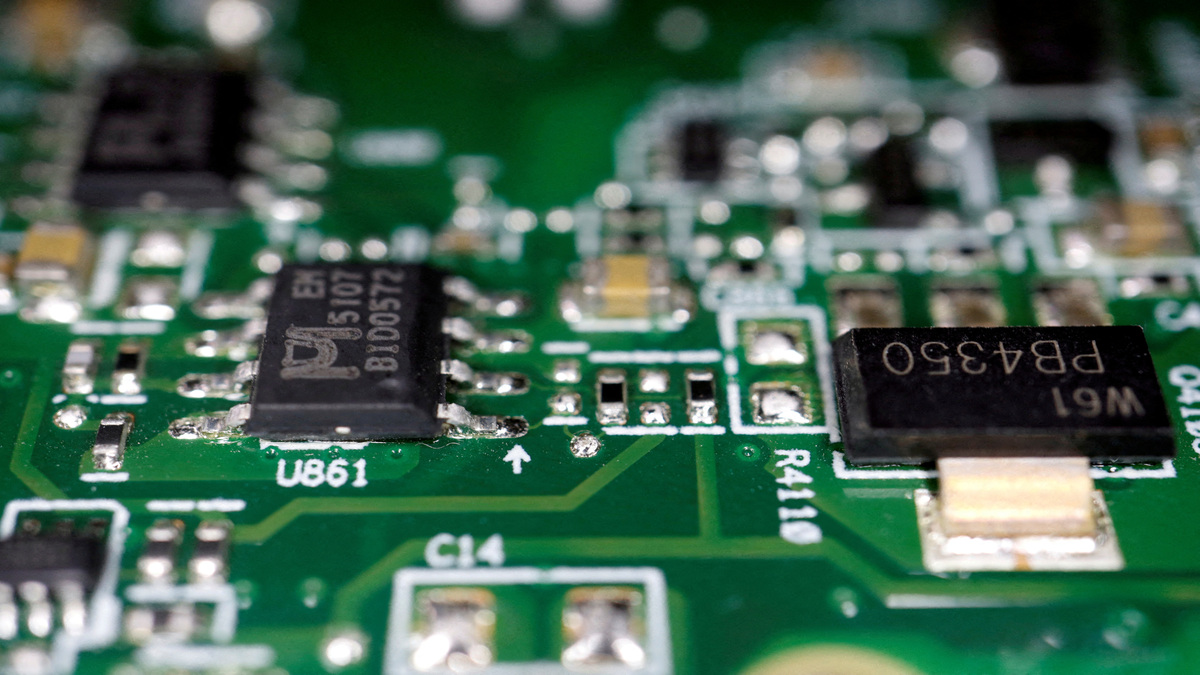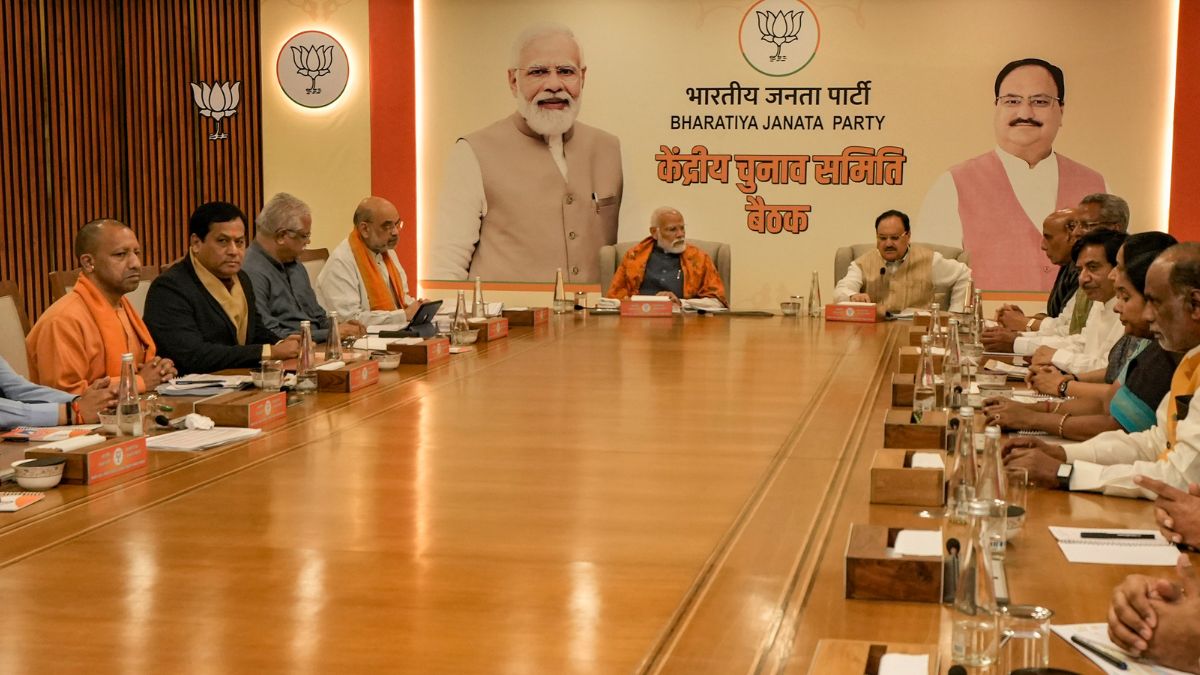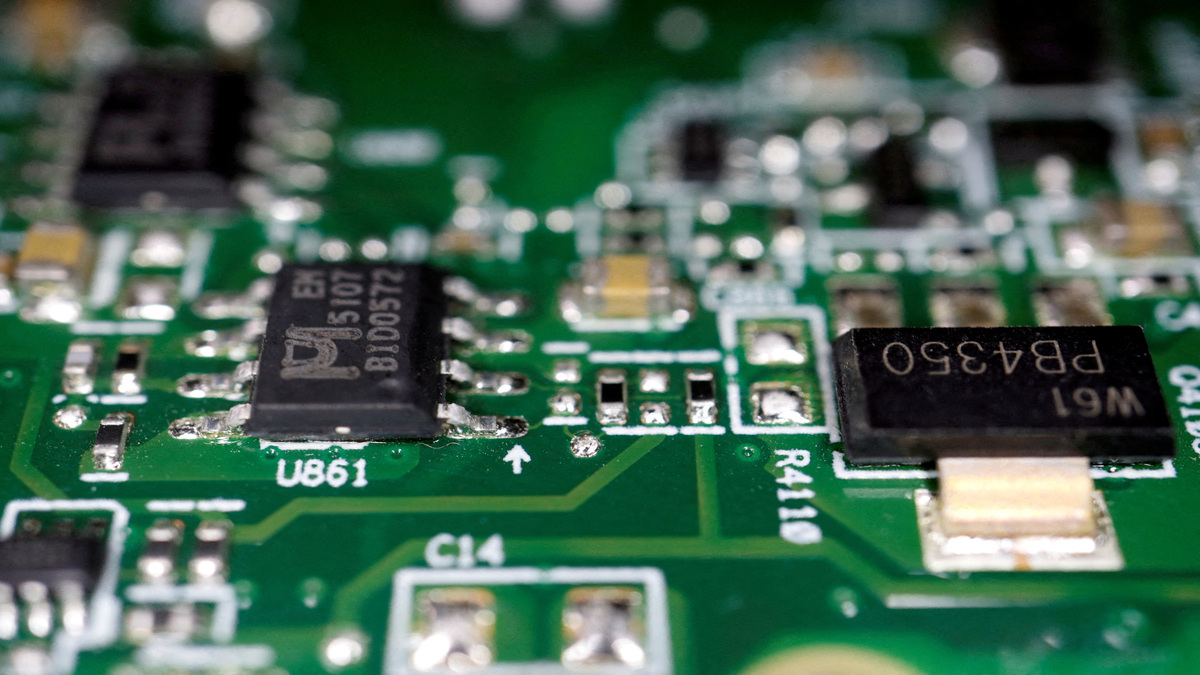New Delhi: The Narendra Modi government is mulling a selloff of Air India since it has been unable to find a solution to the airline’s mounting debt pile. This much has been clear from various statements of concerned government officials over the last few days, each of whom has expressed his helplessness in dealing with the debt problem. A Business Standard report shows how the Modi administration has been aggressively pumping money to resuscitate Air India’s fortunes since it came to power. From August 2014 till March 2017, Rs 16,822 crore have been infused into Air India.
With no revival in sight, the government perhaps is now banking on an investor to bail it out of the Air India mess. While officials have admitted that the debt conundrum has no solution, no one has come out with the modalities of this proposed sale, a rather complicated and difficult business given the over Rs 50,000 crore debt and about Rs 23,000 crore of accumulated losses on Air India’s books. Media reports today speak about a Niti Aayog proposal where the government would like any prospective buyer to shoulder half the debt burden while it writes off the remaining half, so that the white elephant called Air India is finally out of its hair. But this picture may not be entirely true and the government could actually book very little loss if it goes about the sale sensibly.
According to an official close to developments, it is possible to break up the airline into two distinct parts. One is the airline itself with aircraft and related assets. The second part comprises Air India’s subsidiaries and the real estate. This official said that the sensible way to get maximum value in this disinvestment process would be to sell off just the airline to a prospective buyer. The government could then simultaneously dispose off the subsidiaries and real estate for a total consideration of close to Rs 20,000-21,000 crore.
“All this is known to people involved in the selloff process. Now, the ball is in DIPAM’s (Department of Investment and Public Asset Management) court. Once DIPAM accepts the proposal drafted by Niti Aayog, things will move forward. DIPAM will take the proposal to the Cabinet Committee on Disinvestment. If this committee approves the proposal, then ads will be put out for transaction advisors and valuers,” this persons said. DIPAM is expected to form several committees to examine and fine tune the selloff process, comprising top officials of the ministry of civil aviation, Air India, Finance Ministry and DIPAM itself, this person said. The entire selloff process of Air India could take at least 8-12 months.
He added that the sale of standalone Air India can happen only if any prospective buyer agrees to bear about Rs 20,000 crore of aircraft loans and another Rs 6000-7000 crore of working capital loans. “The current market value of aircraft is higher than the loans. And of the Rs 30,000 crore total working capital loans, the bidder may be asked to take on only Rs 6000-7000 crore. In return, the buyer gets a fleet of 43 owned aircraft, valuable domestic and international slots (for which buyers are usually willing to pay a premium), parking bays etc,” this person said. Is this a bullet any prospective buyer would want to bite?
But why should the government write off the remaining debt on Air India’s books? This person said the government may not need to write off any large amount, if the airline is broken up and subsidiaries sold separately. Air India has five subsidiaries: Air India Charters Ltd, Air India Transport Services Ltd (ground handling subsidiary), Air India EngineerinG Services Ltd (MRO subsidiary), Hotel Corporation of India and Alliance Air.
Back-of-the-envelope calculations show AI Charters could fetch around Rs 8,000 crore – it has been profit making for the last two years. The ground handling business together with the joint venture AISATS could fetch in another Rs 3,000 crore, this person said, referring to its dominant market share in the ground handling business across the country. Then, the MRO business could be valued at another Rs 3,000-4,000 crore. The person quoted above said the subsidiaries could be sold through a slump sale method. Then, real estate owned by Air India across prime locations in the country and abroad could fetch an additional Rs 5,000-6,000 crore.
While all of these calculations seem credible, the question is, how long will the government take to offload these subsidiaries and realise its investment. And whether they will be offloaded at all. The person quoted earlier said any prospective buyer of Air India will have to pay the government for the airline, for the slots and parking bays etc, besides also the brand value of the airline.


)




)
)
)
)
)
)
)
)